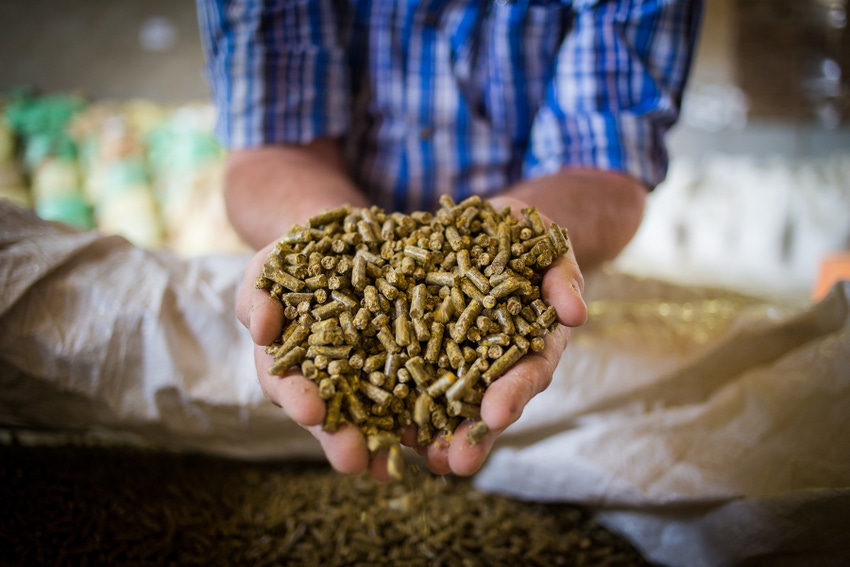Steam conditioning influences poultry performance
Increasing steam conditioning temperatures in poultry feed production may affect subsequent broiler performance and tibia mineralization.

Phytase enzymes support broiler phosphorus requirements and vary in thermal stability and manufacturer-suggested protocols for determining activity, V.B. Homan and J.S. Moritz with West Virginia University and J.W. Boney at The Pennsylvania State University reported in a new original research article published in the June edition of Applied Animal Science.
Homan et al. said their objective was to evaluate nutrient degradation — determined using phytase markers — as well as broiler performance and tibia mineralization from diets based on corn and soybean meal subjected to increasing steam conditioning temperatures.
The researchers analyzed three commercial phytase products (B Trich, E Pichia and E Trich) for activity at two laboratories. The lower obtained activity was used to include each product at 1,000 phytase units per kilogram of diet. Each product was applied to a negative control diet before steam conditioning at 82, 88 or 93°C and pelleting and crumbling, Homan et al. said.
A 4 x 3 factorial arrangement in a randomized complete block design created 12 treatments fed to eight replicate cages of 10 Hubbard x Cobb straight-run broilers for 20 days.
According to the researchers, phytase product effects demonstrated that negative control-fed broilers had the lowest feed intake and liveweight gain, whereas broilers fed E Trich had the greatest feed intake and liveweight gain (P < 0.05). Broilers fed B Trich and E Pichia had a lower feed conversion ratio than the negative control-fed broilers, and broilers fed E Trich were intermediate (P < 0.05), Homan et al. reported.
Increased conditioning temperature sequentially decreased feed intake and live weight gain (P < 0.05). Main effects interacted such that tibia ash measures decreased as conditioning temperature increased; however, mineralization differences were less dramatic in negative control-fed birds, the researchers explained.
Homan et al. concluded that the increased conditioning temperature may have decreased nutrient availability per se and denatured phytase products, or both factors may have contributed to the performance detriment.
About the Author(s)
You May Also Like



